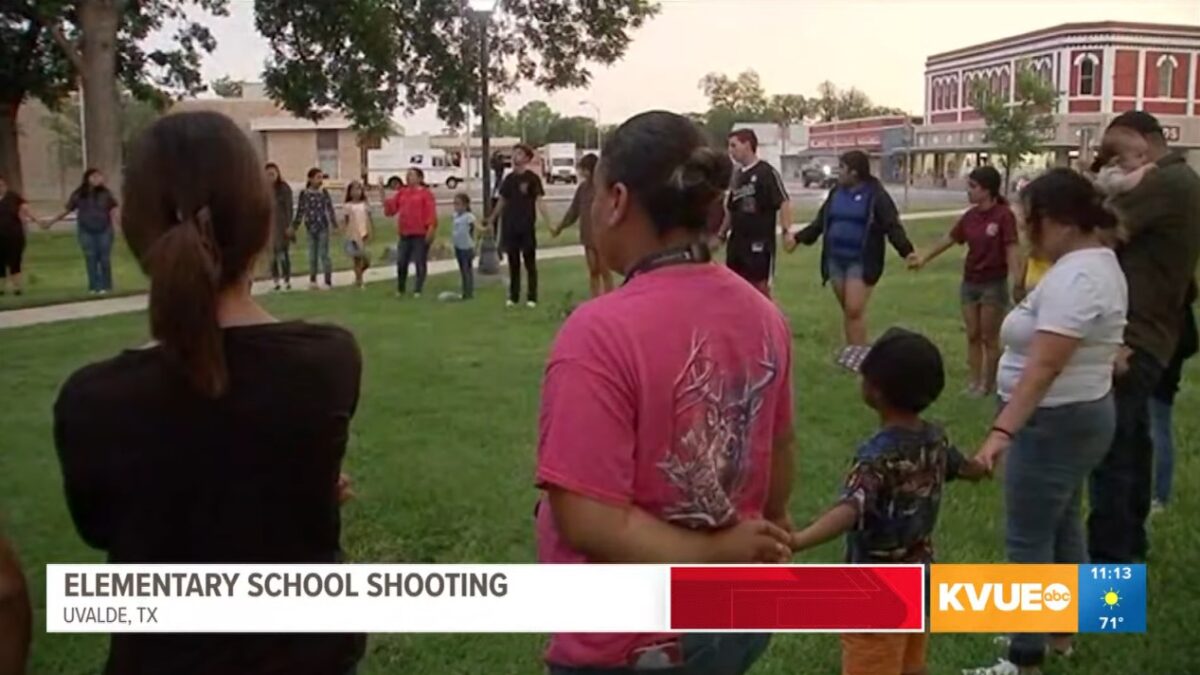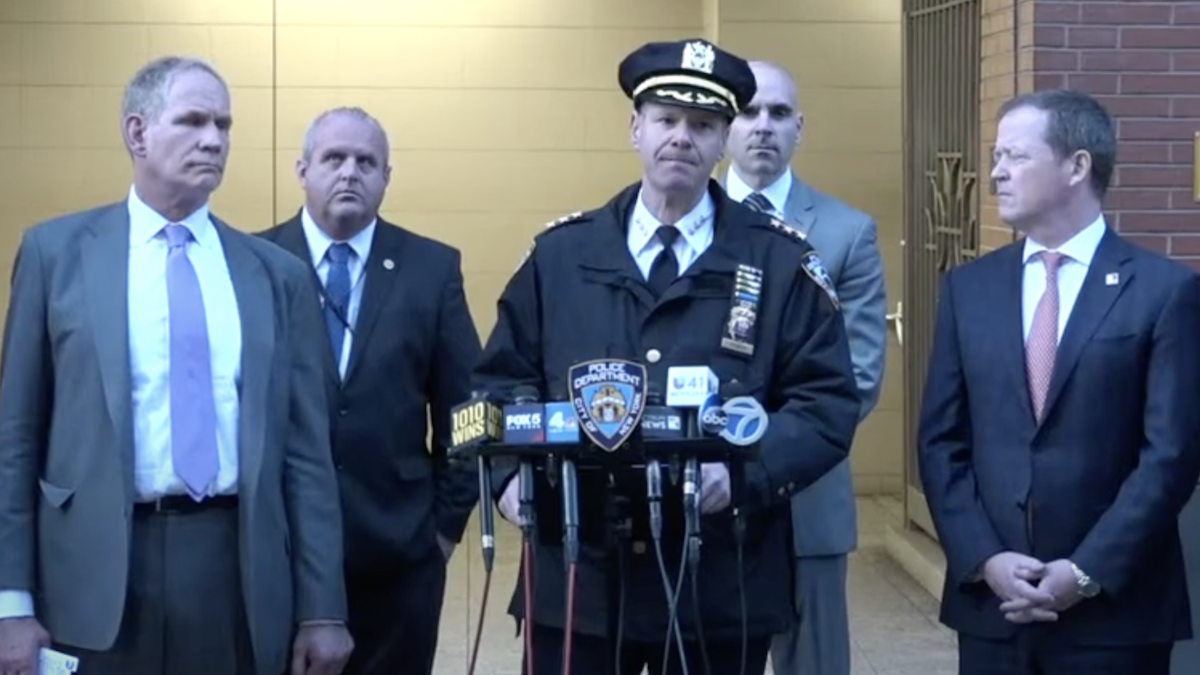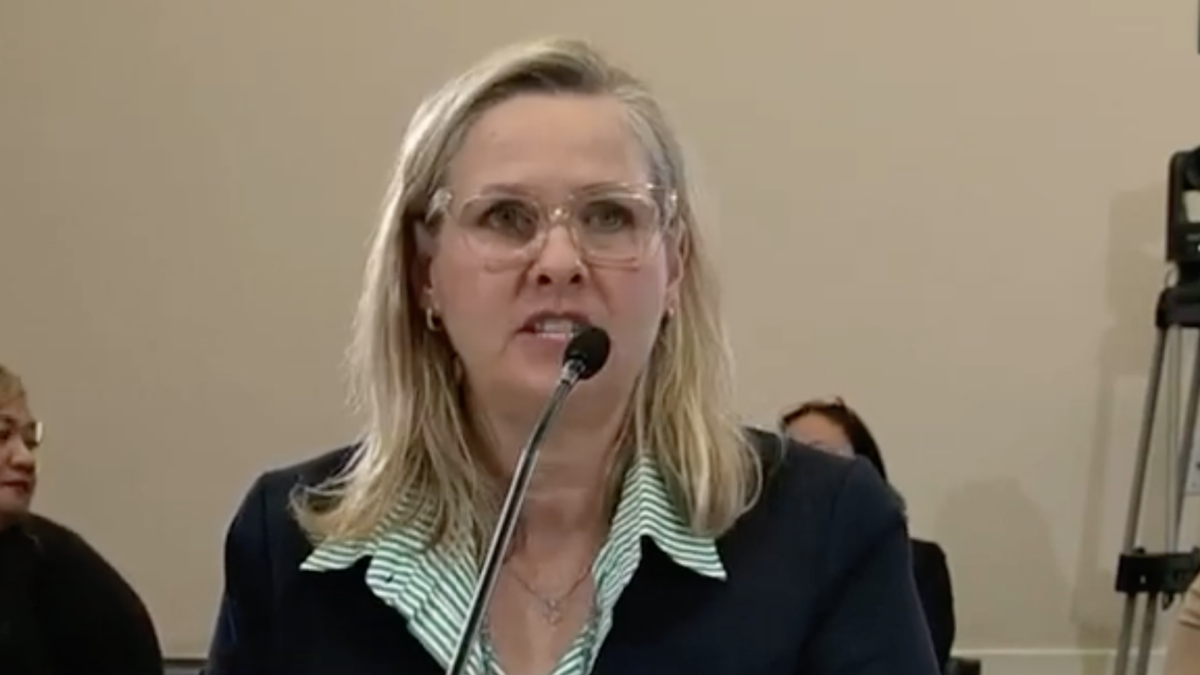There is a 100 percent chance of more school shootings. The more media posts photos of the shooters and dedicates airtime to the monsters who kill our children, the more likely copycats will appear. If politicians spent the amount of energy on legislation requiring school safety that they do on trying to use the events for gun control measures, our schools would be much safer.
The final investigative report on the Uvalde, Texas school shooting this spring will no doubt be worse than we know at this time. Yet it’s still clear from the facts we do know that blaming gun ownership for the tragedy is a mistake.
According to the Texas DPS timeline, at 11:35 a.m. that day, officers “receive[d] grazing wounds from the gunman.” They then showed rank cowardice and retreated, but it’s unclear whether they fired back. At some point the so-called Uvalde school police chief arrived, but he had no police radio with him during the incident.
The Uvalde Police Failed to Learn From Tragedy
The failures of the police response certainly contributed to the tragedy. What’s worse is that the officers clearly had failed to learn or act on training from previous such shootings.
The Columbine High School massacre and attempted bombing occurred on April 20, 1999. Twelve students and one teacher were murdered. As result, law enforcement drastically changed their standard response from “wait for the SWAT team” to “wait for three others,” known as “the quad.” Later the standard police response became to simply wait for one more officer.
In the last few years, it changed again to a single-officer response. That means the standard now is that the first officer on the scene must engage the shooter to stop him and then at once rescue those who may be wounded.
Failure to follow these protocols has contributed to other school mass tragedies. In February 2018, an active shooter murdered 17 at Marjory Stoneman Douglas (MSD) High School in Parkland, Florida. Despite the new protocol learned from Columbine, deputies from the Broward Sheriff’s Office did not engage the active shooter, which no doubt resulted in more death, either from gunshots or students bleeding out.
The Florida governor suspended the Broward County sheriff. Later, the Florida Senate voted to confirm the removal of the sheriff, largely as a result of the failures at the MSD shooting. No one imagined that after Columbine and then after MSD Parkland a failure to at once engage an active shooter would ever happen again — but it did in Uvalde.
A Failure to Secure the School
Besides the lack of police following active-shooter protocols, let’s consider what went wrong with the school. Why were classroom doors unlocked or not able to be locked? When shots were heard in the school, why didn’t teachers and administrators at once lock down? Why didn’t school police have master keys to the classrooms?
When police were dispatched to respond to a man with a rifle at or near the school, why didn’t police immediately call the school and instruct them to lock down? Why didn’t police even engage the shooter through the classroom windows if they couldn’t get into the classroom door right away?
The answer must be an obvious lack of training and understanding of the priorities of life in these situations. The priorities known to every well-trained officer are: (1) hostages, (2) innocent civilians, (3) law enforcement, and (4) suspect, in that order.
There was also a lack of tactical thinking in Uvalde. A shooter is a “push,” meaning officers must engage in a continued search until the suspect is found and either eliminated, surrendered, or barricaded alone. One changes the speed of the search based on clues or real-time intelligence like sounds of shooting or screaming.
Another consideration is groupthink. Groupthink occurs when a group that shares a common belief system, such as police officers, gives up individual decision-making abilities and acts as “one mind.” That is, even if an individual officer clearly knows a decision is wrong, he goes along with the group consensus.
This leads to restricted, and often illogical, group behavior, such as the Uvalde officers hesitating in the hallway for three-quarters of an hour. While courage can’t be taught, training can go a long way to implant automatic action under stress.
In terms of training, police agencies should “train for when, not if.” Most rank-and-file law enforcement officers only have to qualify (meaning train) once a year, while most armed private school security personnel qualify every quarter. That must change.
The purpose of going to the shooting range for an officer is to initially learn the mechanics of proper shooting behavior. Then the officer must shoot under stressful scenarios. Hopefully, such training happens on a regular basis.
Practicing for a “school shooter” event once is almost totally useless to prepare for an action that may not occur for years. People forget strategies or become overwhelmed by the “weapon-focus effect” and can’t process information.
What to Do Instead of Blaming Guns
After this school shooting in Texas, all parents in America should be asking their school boards and administrators what they are doing to protect the children. Every sheriff, police chief, and federal agent in charge should be moving immediately to make sure all schools in their jurisdictions are as safe as possible. What if some of the trillions spent on Covid (that went to green causes) or the billions for Ukraine (with no oversight) went to protect our children in schools here at home?
Parents across the country must rise and cause changes now. Harden schools now. Most private schools are far more secure than public schools because of less politics involved, sometimes more money to spend on security, and the fact that their students are less likely to come from dysfunctional homes.
Finally, preparing for non-linear future events is often ignored. Why didn’t the local police have a “go-bag” that had the school blueprints, common interagency radio frequencies, and most importantly, a key to get in, ready? These are simple things to do to prepare to stop a crisis within a crisis from occurring.
Like Columbine and Parkland, Uvalde was a stunning failure of leadership at many levels.









